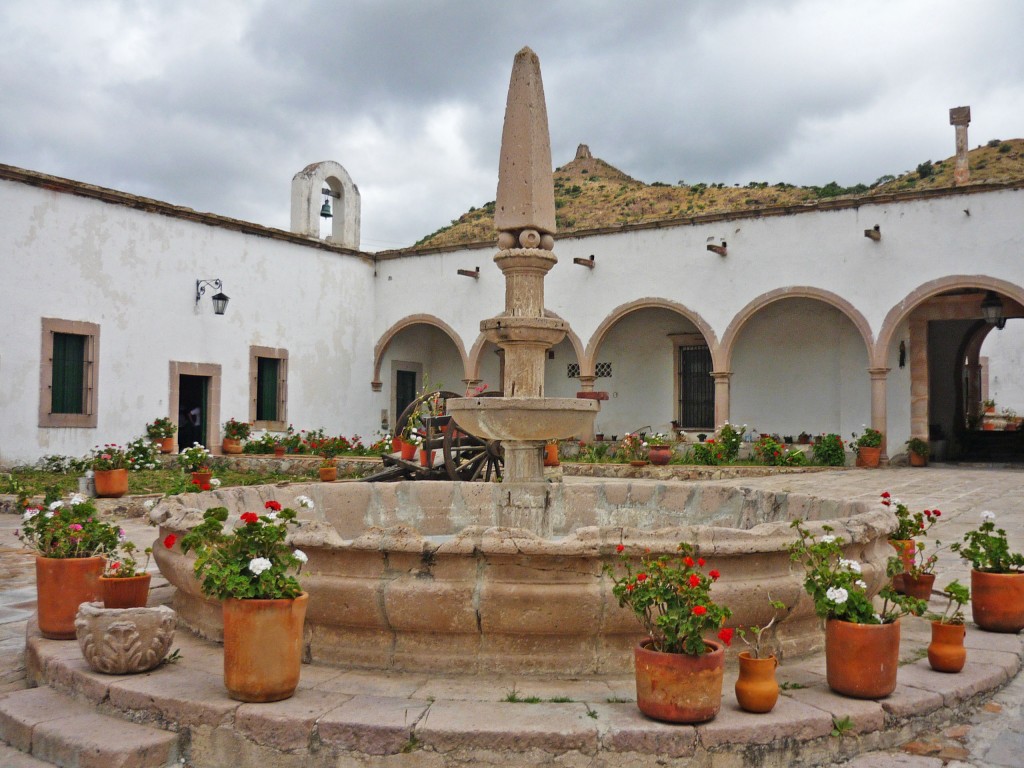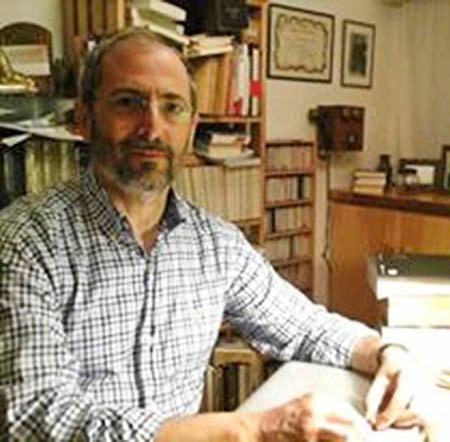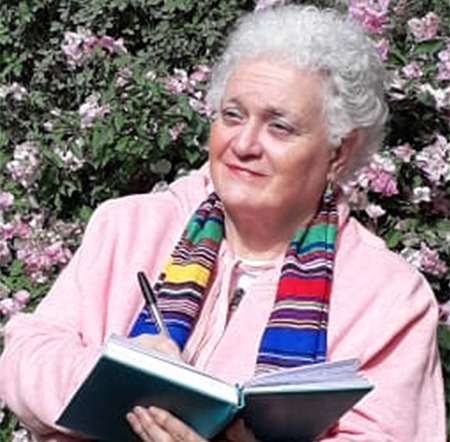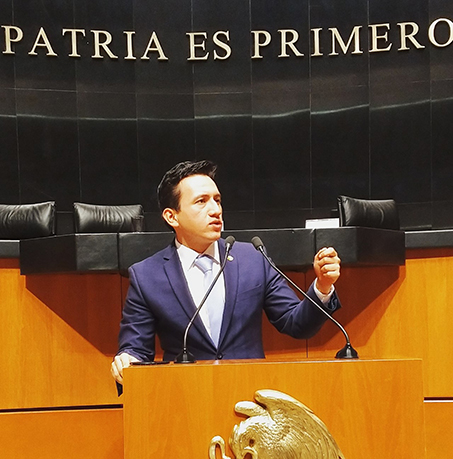Originally called San Geronimo de la Cañada, was built in 1624 and since January of 1790 the owner was the General Felix Ma Calleja, commander of the Tenth Brigade of the Royal Army.
Legend said that in 1810, went to warn him that there was an independence movement. Inmediately went to the hacienda of La Pila organizing a contingent of 4000 men to fight the insurgents, moving to the Bridge of Calderón near Guadalajara to catch the emissaries of Father Hidalgo.
He had to fight an uneven battle, the insurgents had 80 000 armed men with sticks and stones, Calleja’s army was on horseback, armed with rifles. That is how, the General took his first victory and in honor of it, changed the name his Hacienda for “Hacienda de Calderon.”
Finally, the insurgents ran away to the United States border. Where they hoped to find support from the provinces of the region that had also been raised in arms. The insurgent leaders were captured in Acatita de Bajan (Coahuila). Once arrested were taken to Chihuahua. In this city were sentence to death Hidalgo, Jimenez, Allende and Aldama, whose heads were sent to Guanajuato to be exposed at the corners of the granary of Granaditas as a lesson.
Thanks to his achievements and fortitude, the General became Viceroy of Mexico, in 1813, as Felix Ma. Calleja del Rey.
As the new viceroy, Calleja unleashed a well-planned offensive against Morelos who was defeated and who was judged by the Inquisition and a in the military court. He was sentenced to death on December 22, 1815 in San Cristobal Ecatepec taking the lives of the greatest leader of the independence.
THE DINNER ROOM
In the garden of the property there is a circle which resembles an arena and a built bench with a capacity for over 100 people. Here, dinner is served at 5 pm until now underneath the shade of a lush avocado tree, that is why y the name of Dinner Room
THE ORCHAND
Surrounded by lush vegetation that stands majestically the walnut trees. In his time it servedas a cider mill, made from apples grown right there, also wine was distilled of their own vineyards. Currently, more than 30 different fruits are harvested. Wide fields surrounded by a wall of stone and adobe of more than 2 meters. In height.
THE JAILHOUSE
Is another attraction of the house, as it was a prison in the first floor and a dungeon in the basement. In colonial times the Landlord was the supreme law , that’s why there was a place to punish those who violate it, at the top were held to those who had committed minor offenses and the cell bottom or dungeon the most dangerous prisoners.
THE CHAPEL
It preserve its original design of the colony angels and a baptismal font for over 200 years.
THE ABUTMENTS
It is a room where carriages were kept the visitors and the owners as well.
THE CARRIAGES
As in colonial times the Landlord warehouse holds a historic facade that gives it its current name.
This town was site of the landowner. The stone with which was built was brought from the hill of La Cantera, located behind the house, which gives us a unique view and which is eroded on the top: The courtyard with arches and buttresses shows a distinguished and an elegant colonial style.
At the center of the courtyard, we see a quarry fountain which was brought directly from Spain by order of General Felix Maria Calleja, the original obelisk is still preserved, the edge of the fountain has been restored due to the deterioration, where we can see the notches in the jars that were filled with water and when recharge them on the rim are being marked over the quarry.
Traducción de Ximena Palau Salazar


















